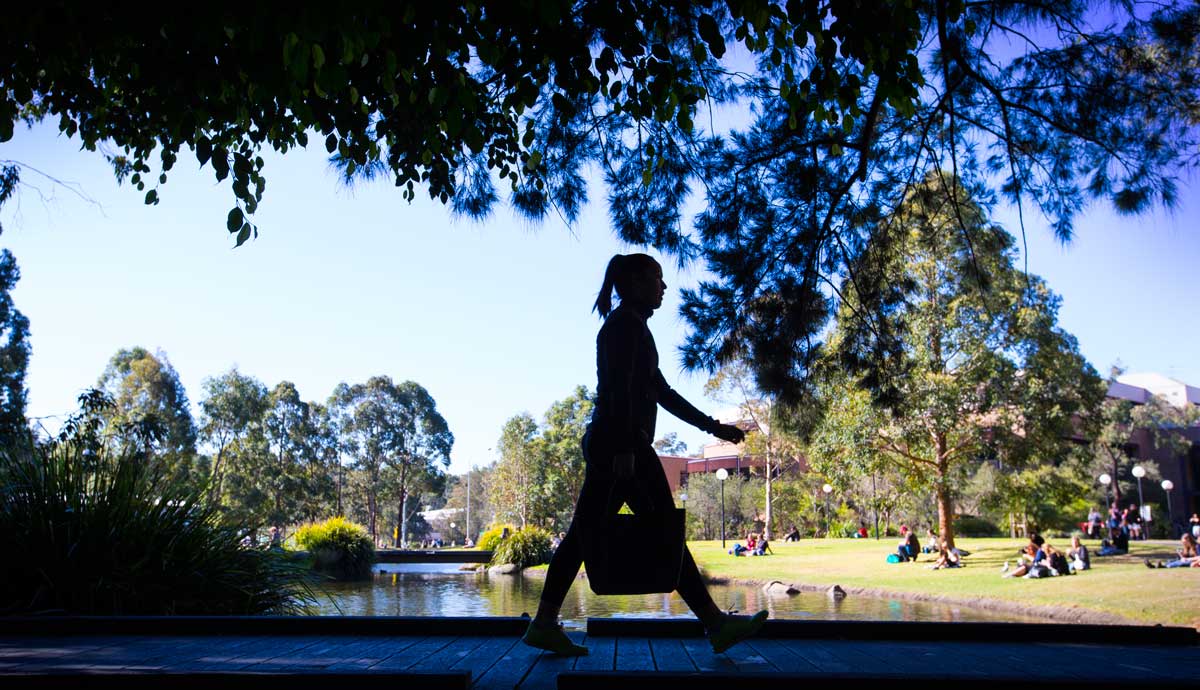July 29, 2015
UOW staff motivated but facing challenging times: survey reveals
Staff at the University of Wollongong are more motivated, engaged and satisfied than the sector average, but are facing challenges in an increasingly volatile and competitive tertiary education sector, a new survey has found.
The biennial survey of the UOW’s workforce, which was conducted across all its campuses over April and May this year, achieved an impressive 79 per cent response rate, making it a reliable snapshot of staff attitudes towards their workplace.
It found UOW staff members feel a higher level of loyalty, commitment, job satisfaction and pride in their University than the average of other Australian universities and are prepared to put in extra effort when required.
The University also achieved above the sector average for providing a safe and collegial workplace, with a particularly strong performance in providing excellent facilities, supporting professional development, promoting health and safety and preventing harassment.
Amongst the positive results, staff also signalled their desire for improvements in how the University manages and communicates change as it faces the rapidly evolving world of higher education.
University of Wollongong Vice-Chancellor Professor Paul Wellings, CBE, said that these signals reflected the challenges being faced by the institution.
“The University of Wollongong is currently undergoing one of its most significant periods of change in its 40 year history as we position ourselves to adapt to industry’s changing needs for graduates amid a sector where competition for student numbers and growth is heightened and the policies for higher education are more uncertain.
“Amid this volatility, staff members have provided valuable feedback and we are committed to responding to it,” Professor Wellings said.
The survey results were provided to staff at a briefing on 29 July.
The results are benchmarked against previous surveys, similar surveys undertaken in 38 Australian and New Zealand universities and a database of over 2700 organisations.
